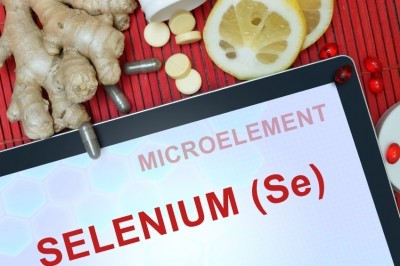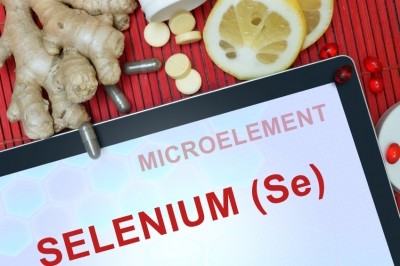EFSA publishes recommended intakes for zinc and selenium - but chromium is not warranted

The European Commission asked EFSA’s Panel on Dietetic Products, Nutrition and Allergies (NDA) to deliver a scientific opinion on DRVs for zinc and selenium, and to review the evidence for setting DRVs for chromium.
Chromium: No evidence of essentiality
The NDA was asked to consider the evidence for setting DRVs for chromium on the basis of research that indicated it was necessary in order for insulin to regulate the metabolism of carbohydrates, lipids and proteins.
In 1993, the Scientific Committee for Food was unable to define a physiological requirement for chromium, but other authorities have subsequently proposed DRVs for the element.
In its opinion, EFSA concluded that “at present, the mechanism for these roles and the essential function of chromium in metabolism have not been substantiated”.
The panel said that the postulation of chromium’s essentiality was almost entirely based on case reports of patients on long-term total parenteral nutrition (TPN) who developed metabolic and neurological defects which were reported to respond to supplementation with chromium.
“On the basis of these case reports... it is unclear whether deficiency in chromium has occurred in these patients and whether chromium deficiency occurs in healthy populations,” the assessor wrote.
The panel concluded that there was “no evidence of beneficial effects associated with chromium intake in healthy subjects” and that no AR or PRI could be defined.
Nevertheless, the NDA said that DRVs might be derived if a consistent dose-response relationship could be established, as had been the case with fluoride.
Zinc: PRIs established
A PRI indicates the amount of a nutrient that the majority of people in a population need for good health, depending on age and sex.
Following a review of published literature, the NDA concluded that PRIs for zinc for adults range from 7.5 to 12.7 mg/day for women and 9.4 to 16.3 mg/day for men. PRIs for zinc for infants were set at 2.9 to 14.2 mg/day, and pregnant and breastfeeding women were estimated to have an additional PRI requirement of 1.6 mg and 2.9 mg per day respectively.
The NDA reviewed data from 12 dietary surveys in nine EU countries and found that meat, grains and grain-based products, milk and dairy products were the main sources of zinc.
“Average zinc intake ranged from 4.6 to 6.2 mg/day in children aged one to <three years, from 5.5 to 9.3 mg/day in children aged three to <10 years, from 6.8 to 14.5 mg/day in adolescents (10 to <18 years) and from 8 to 14 mg/day in adults,” said the Parma-based assessor.
Selenium: Adequate Intakes
The panel used the levelling off of plasma selenoprotein P (SEPP1) concentration as an indication that the body’s selenium requirement had been met, and a criterion for establishing DRVs. However, the panel concluded that insufficient data was available on the relationship between selenium intake and plasma SEPP1 concentration to derive an Average Requirement (AR).
The NDA therefore set an Adequate Intake (AI) of 70 microgram (µg) per day for adults, and an AI of 15 µg/day for infants aged 7-11 months. For children and adolescents, AIs were extrapolated from the AI for adults by isometric scaling and application of a growth factor.
“AIs range from 15 µg/day for children aged one to three years to 70 µg/day for adolescents aged 15-17 years,” said the panel.
For breastfeeding women, an additional intake of 15 µg/day was estimated to cover the amount of selenium secreted in breast milk, and an AI of 85 µg/day was set.
“Selenium in its various forms appears to be well absorbed in the diet,” said the assessor.















